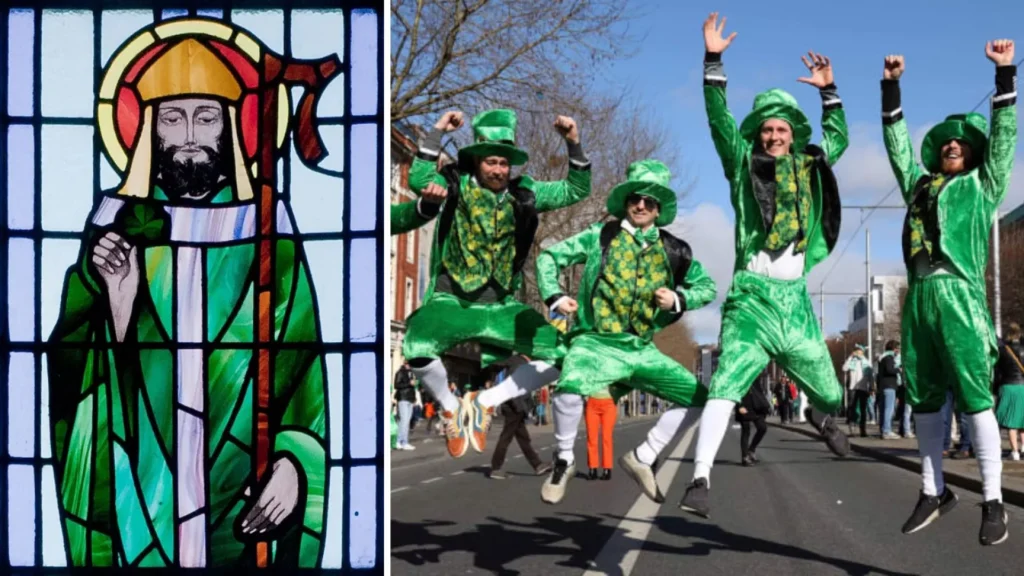The Legend of the Stolen Shamrock: A Saint Patrick’s Day Mystery
The shamrock, a national symbol of Ireland, is more than just a three-leafed clover. Legend imbues it with potent magic, believed to ward off evil and bring good luck. But this year, on the eve of Saint Patrick’s Day, a chilling theft has cast a shadow over the Emerald Isle.
The Clover Keeper and the Emerald Exhibit
For generations, the O’Connell family has safeguarded the “Clover Keeper,” an ancient, intricately carved box said to hold the first shamrock ever blessed by St. Patrick himself. Every Saint Patrick’s Day, the Clover Keeper is displayed at Dublin’s renowned National Museum, a beacon of good fortune for the nation.
This year, however, the museum awoke to a horrifying sight: the Clover Keeper vanished. A single emerald shard, shimmering like a teardrop, lay on the empty pedestal, a mocking clue left by the elusive thief.
The Curse of the Cloverless: A City on Edge
News of the theft spread like wildfire. Panic gripped Dublin as whispers of the “Curse of the Cloverless” resurfaced. Legend warns that without the Clover Keeper’s protection, Ireland will face unimaginable misfortune for a year. Financial markets plummeted, flights were canceled, and shamrock sales dwindled. The vibrant city, usually pulsating with festive energy, became shrouded in an unsettling gloom.
Enter Detective Riordan: A Race Against Time
Detective Fiona Riordan, a no-nonsense Dublin cop with a sharp mind and even sharper wit, was assigned the case. Time was of the essence. With Saint Patrick’s Day festivities looming, the pressure to recover the Clover Keeper intensified.
A Trail of Enigmas: The Puzzling Emerald Shard
The sole evidence – the emerald shard – offered a cryptic message etched on its surface: “Only the one who follows the whispers of the past can find the future’s luck.” Detective Riordan, intrigued by the riddle, delved into dusty archives and ancient Gaelic texts.
Her investigation led her through a labyrinth of hidden passages beneath Dublin Castle, rumored to house forgotten secrets. She deciphered cryptic riddles left by a long-dead brotherhood known as the “Guardians of the Green,” said to protect the Clover Keeper throughout history.
A Suspect Emerges: A Shadowy Figure from the Past
As Riordan pieced together the clues, a sinister figure emerged – a wealthy antiquities collector named Alistair Crowley. Crowley, rumored to be obsessed with Celtic artifacts, possessed an uncanny knowledge of the Clover Keeper’s history. Could he be the mastermind behind the theft, driven by greed or a darker motive?
A Race Against the Clock: Can Riordan Find the Clover Keeper?
With the Saint Patrick’s Day parade just hours away, Riordan faced a crucial decision. Follow Crowley’s trail, or decipher the final message left by the Guardians, hidden somewhere within the city’s ancient heart?
This Saint Patrick’s Day, the fate of Ireland hangs in the balance. Will Detective Riordan find the Clover Keeper before it’s too late, or will the Emerald Isle face a year of misfortune? Stay tuned for the next chapter in this thrilling Saint Patrick’s Day mystery!

